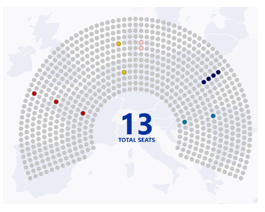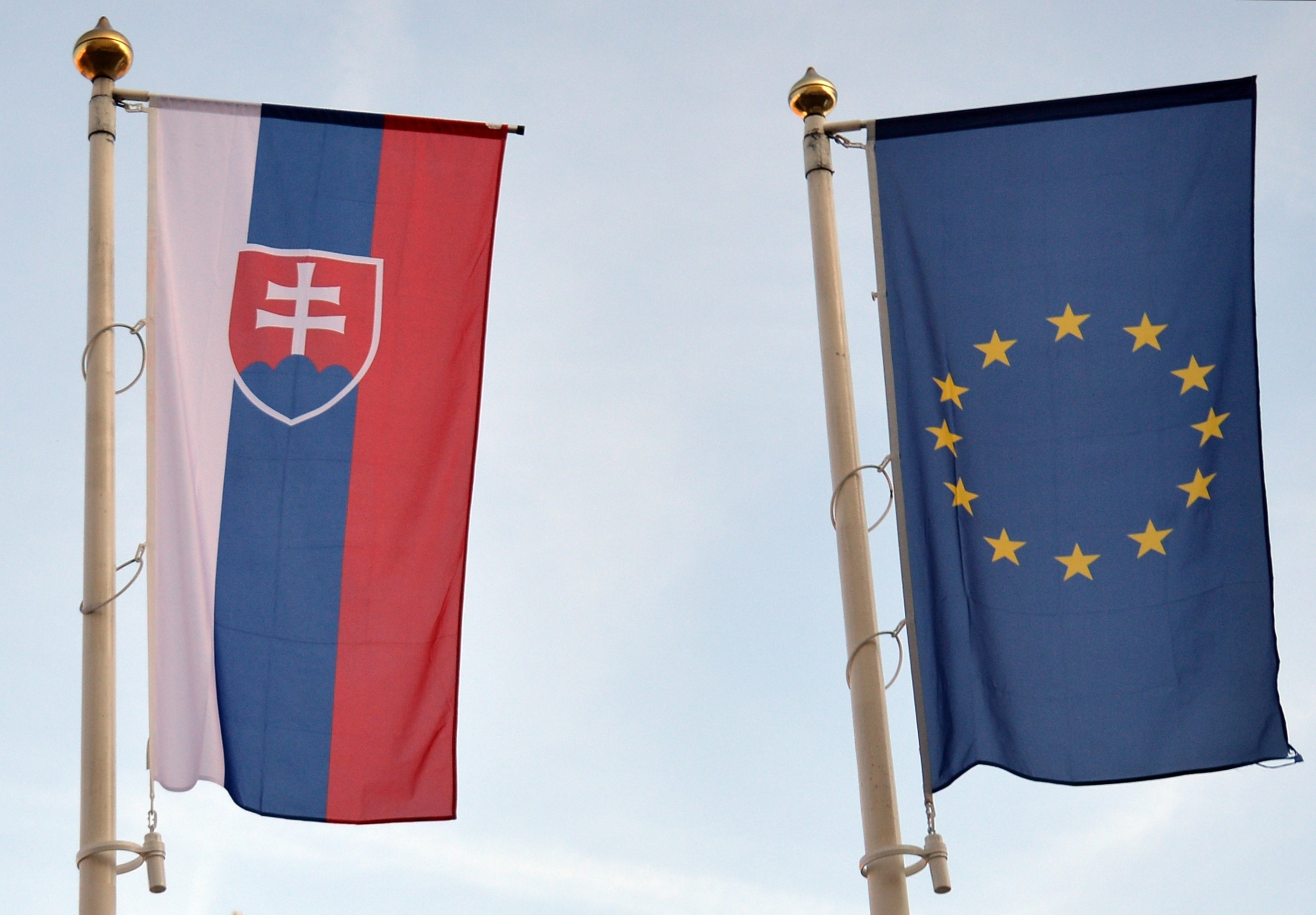European Election
A Letter from Bratislava
„In Slovakia, the European Parliament elections were always considered as peripheric in terms of both the interest of the citizens and the fact that they barely ever brought a surprising change. Thus, it is only fair to say that the European Parliament election that has taken place on 25 May 2019 represents a dramatic departure from the past.
In 2014, Slovakia managed to set a historically low turnout for the European Parliament election at 13%. This turnout was a blunder that no politician wanted to see replicated. A big portion of the impetus came early last year, when a murder of a young journalist and his fiancée has led to massive protests and new political interest that has been most embodied by a coalition of two new parties. One of them is called Spolu (“Together”) and is a centrist party. The other one is Progressive Slovakia and has been attracting business and civil society representatives (including some former politicians) to form a progressive, social-liberal party.
This same period of 2018 and early 2019 has seen a gradual decline of the popularity of the party dominating the Slovak politics for almost 15 years, the social democratic SMER. This party has been plagued by the effects of the news unfolding following the murder of the journalists, leading to the resignation of the Minister of Interior as well as the Prime Minister. The debate resulted in a bitter polarisation of the society across numerous division lines.
For the first time in the post socialist history, a national Slovak election was not won by a left-wing populist party, but by a pro-EU coalition of both Progressive Slovakia and the Spolu party. They received a support of 20 percent for their joint party list (4 seats). The previously dominant Social Democrats fell below 16 percent (3 seats), followed by the fascist Kotleba party with 12 percent (2 seats). For the fascists, this represents a growth compared to 8 percent in the last national election. Another considerable surprise was the result of the Christian Democratic Movement (KDH), which lost all its seats in national parliament in 2016, but received more than 9,6 percent (2 seats) this time. Another surprise was the result of the right-wing Freedom and Solidarity Party (SaS), which had much higher ambitions than 9,6% (1 seat). The smallest party to win a seat is the Ordinary People Movement (OL’aNO), which also ranks in the conservative populist field. What is surprising besides these results is that the other two government parties, the Slovak National Party (SNS) and the Party of the Hungarian minority (Most), both failed to win any seats in the European Parliament.
What to make of these results? It is difficult to make sense of them for two main reasons. First, the turnout was again low with only twenty percent, which is about a third of what it would be in a general election. Second, the winning coalition will probably contest the general election as two separate parties. One thing is, however, certain: The governing coalition will be under threat at the next general election, which is less than a year away. Concerning Europe, the position of Slovakia seems mixed, with positive voices having a boost this time. However, Eurosceptic parties remain a force to be reckoned with.”
Martin Reguli is the Senior Research Analyst at F. A. Hayek Foundation in Bratislava.
Slowakei
Wahlbeteiligung Europawahl 2019: 23 % ‘
Sitze im Europäischen Parlament: 13 Sitze
Liberale Partei:
- Progressive Slovakia; Wahlbündnis mit „Together“
(20,11%): 4 Sitze, darunter 2 ALDE-Sitze (↑ 2)


